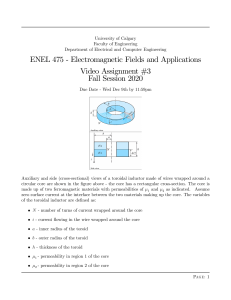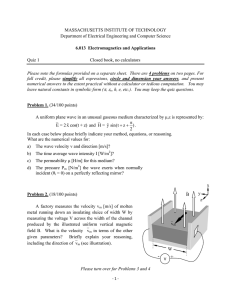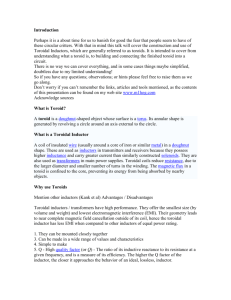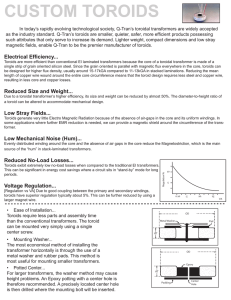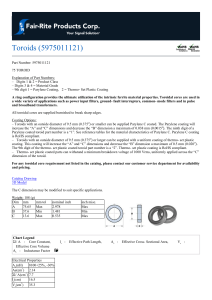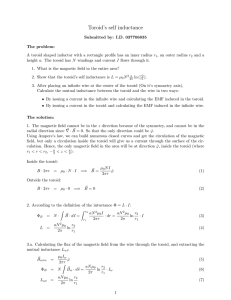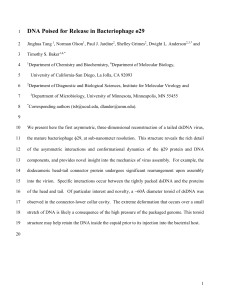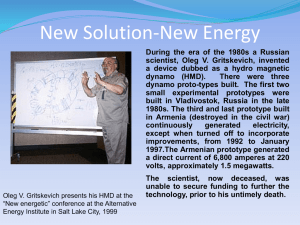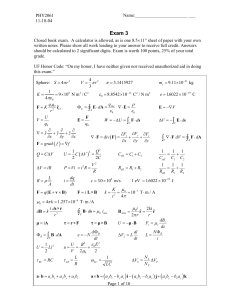ABSTRACT
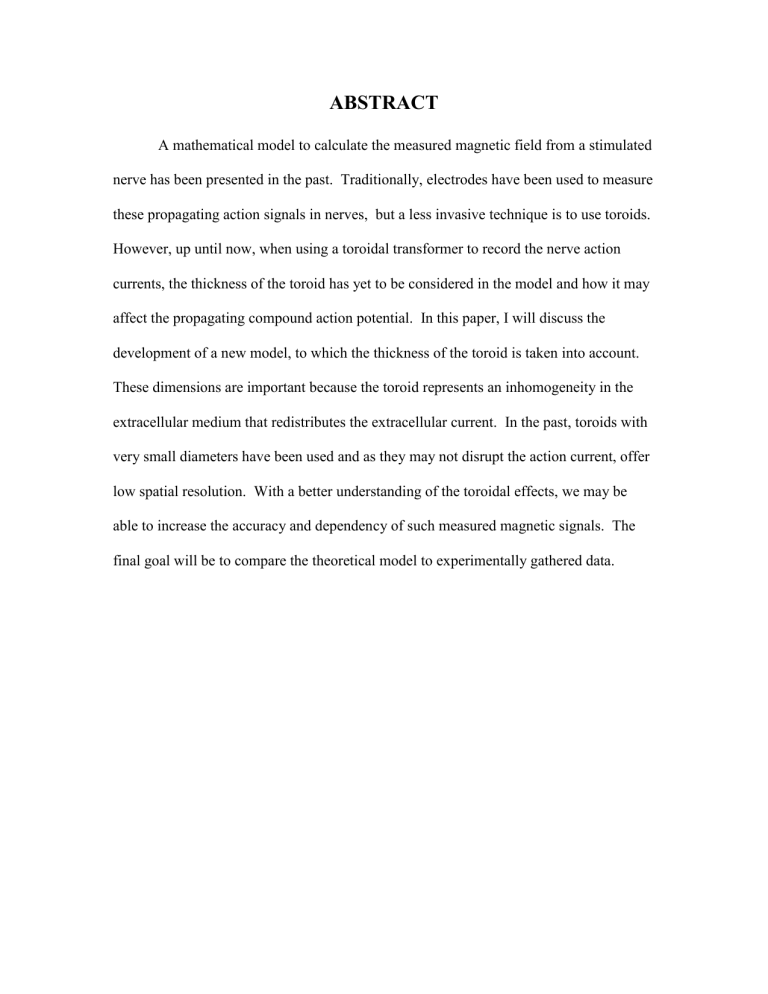
ABSTRACT
A mathematical model to calculate the measured magnetic field from a stimulated nerve has been presented in the past. Traditionally, electrodes have been used to measure these propagating action signals in nerves, but a less invasive technique is to use toroids.
However, up until now, when using a toroidal transformer to record the nerve action currents, the thickness of the toroid has yet to be considered in the model and how it may affect the propagating compound action potential. In this paper, I will discuss the development of a new model, to which the thickness of the toroid is taken into account.
These dimensions are important because the toroid represents an inhomogeneity in the extracellular medium that redistributes the extracellular current. In the past, toroids with very small diameters have been used and as they may not disrupt the action current, offer low spatial resolution. With a better understanding of the toroidal effects, we may be able to increase the accuracy and dependency of such measured magnetic signals. The final goal will be to compare the theoretical model to experimentally gathered data.
